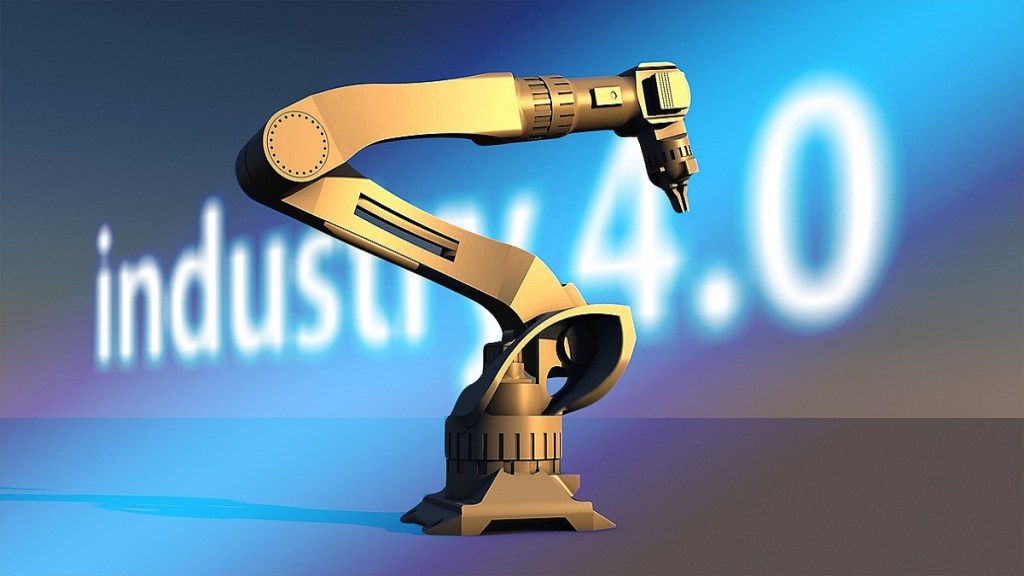By Poornima Bethmangalkar
The rapid advancement in technology and widespread industrialization across the world has led to growing concerns about its impact on our environment. Most traditional industries are typically the worst contributors of air pollution in the world –as per a WHO survey, 92% of the world’s population is impacted by poor air quality levels. The depletion of the ozone layer has been a widely discussed issue and continues to be a serious concern –as per the latest IPCC report the limit of +1.5°C set by the Paris Agreement will be reached by 2025. Moreover customer needs are changing and the demand for sustainable products is driving operational changes, specifically in the industrial manufacturing and consumer goods sectors.
It’s not surprising then to witness a number of organizations across the world setting critical and time bound goals for how they will contribute towards sustainable solutions. For instance, Uber has committed to being a fully electric, zero-emission platform by 2030 in Canada, Europe, and the US—and by 2040 globally. French auto-maker Renault is developing Europe’s first factory that is dedicated to the circular economy in the automotive industry.
It’s also great to see Schneider Electric identify itself as an impact company that is committed to achieving progress and sustainability together by being carbon neutral in their operations by 2025 and achieving “net-zero readiness” by 2030.
However, this journey towards sustainability isn’t bereft of challenges and impediments. Generating accurate and relevant data about environmental impact, social performance and governance requires significant time and effort. Complying with regulations can often involve navigating a complex web of environmental rules which range from limits on emissions to waste treatment and energy efficiency criteria. Lastly, incorporating ESG goals into current corporate plans means changes in business and operating models, investments in technology innovation and leadership commitment, especially in the evolving role of the CSO (Chief Sustainability Officer)
How Industry 4.0 can help drive sustainability goals
The solution to many of these challenges can be found in embracing Industry 4.0 which promotes creative methods to handling change while challenging old problem-solving techniques. Among other things, Industry 4.0 can play an important role in advancing sustainability by virtue of providing intelligent insights, improving productivity, lowering waste, and enhancing resource efficiency to create a ‘Sustainable 5S value chain’.
Sustainable Design & Engineering – Sustainable new product development requires inclusion of the sustainability criteria into existing processes and innovation, such as finding alternate materials. Organizations are also developing smart connected products equipped with real-time data with IoT & AI to bring in intelligence to improving usage, preventing downtime and providing predictive maintenance
Sustainable Sourcing and Supply Chain – This is of importance in the context of Green House Gas (GHG) standards and the scope outlined therein (1,2&3). The need is to bring in responsible sourcing, green procurement, logistics & warehouse optimization, fleet electrification while ensuring transparency & traceability across the supply chain. Marketplace for Circular Economy (marketplace for scrap, waste or recycled products/ materials) could become vital.
Sustainable Manufacturing: Use of advanced artificial intelligence (AI) and analytics algorithms to optimise manufacturing processes, eliminate waste, and reduce resource consumption. This can be supplemented by implementing predictive maintenance solutions to reduce downtime, enhance machine productivity, and extend machinery lifespan. IoT enabled sensors and devices can also be used to monitor and optimise energy consumption and emissions throughout manufacturing plants.
Sustainable Service: Build insights into customer product usage through smart products and predictive maintenance and service management, build channels for end of use recovery.
Sustainable Infrastructure: Monitor and optimise energy consumption throughout buildings and data centers using IoT-enabled sensors and devices. Adoption of cloud and AI services can reduce physical footprints. Energy resilience can be driven by dynamically optimizing power demand and supply based on grid availability.
To start on the path of sustainability with Industry 4.0, industrial and manufacturing companies can take several steps:
1. Execute a sustainability evaluation: Begin by examining the company’s existing status of sustainability (Net Zero Strategy, Carbon footprint) and identify areas for improvement. This will aid in the development of specific sustainability goals and objectives.
2. Establish explicit sustainability targets and track progress: Set specific, measurable, attainable, relevant, and time-bound sustainability goals (SMART). Monitor and evaluate achievement of these goals on a regular basis to discover areas for development and to communicate progress.
3. Investments in Digital Platforms: ESG risk scoring and management, ESG data solutions for analytics and reporting, creating a marketplace for circular economy, and ensuring sustainability disclosure reporting & compliance (voluntary and involuntary) are highly important.
Industrial and manufacturing companies can play a pivotal role in creating an ecosystem that is driven by sustainability and fairness. The rightful progress towards sustainability is ensuring that the industrial and manufacturing sectors are focused on creating solutions that are built with a long term vision and a sustainability first approach.
Leveraging digital technologies that encompass Industry 4.0 will provide a much needed leg-up to industrial & manufacturing entities in addressing environmental issues, ensuring profitability over the long run, meeting legal obligations, and retaining the trust of customers.
The author is industrial and manufacturing head, Happiest Minds Technologies








